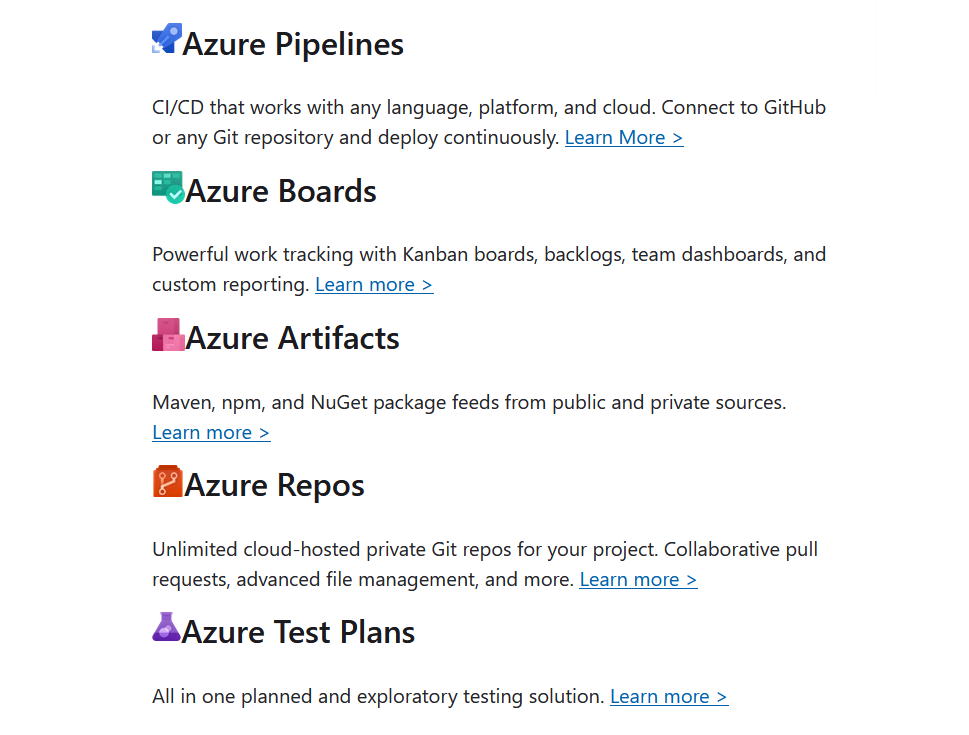
Azure Active Directory Conditional Access policies offer a cutting-edge method to implement precise access controls for every Azure cloud login attempt.
Changing times require updated security practices
It is no longer acceptable to grant access to resources based on simple assumptions. One cannot block all access from countries in the Asia-Pacific region, for instance. Companies require increased flexibility to accommodate unique login combinations.
When logging in, the company might demand a distinct level of authentication for phone users compared to those using corporate laptops. Because of compliance requirements, the executive team may face stricter controls compared to frontline employees. Even access attempts from trusted networks can pose a threat due to phishing and compromised credentials.
These factors result in dynamic environments that a straightforward set of rules can not regulate. Enterprises can use Azure AD conditional access policies to analyze logins in real-time and prevent potential threats.
This article, hosted on the TechTarget website, provides a comprehensive guide to getting started with Azure Active Conditional Access. I discuss multiple scenarios for implementing Azure single sign-on in your organization’s configuration.
You can also check [Microsoft’s outstanding docs website](https://docs.microsoft.com/en-us/azure/active directory/conditional-access/overview/?WT.mc_id=CDM-MVP-5004073) on Conditional Access for much more information on all the moving piece involved with Conditional Access. You can find all the articles I have written for TechTarget at my author webpage.



